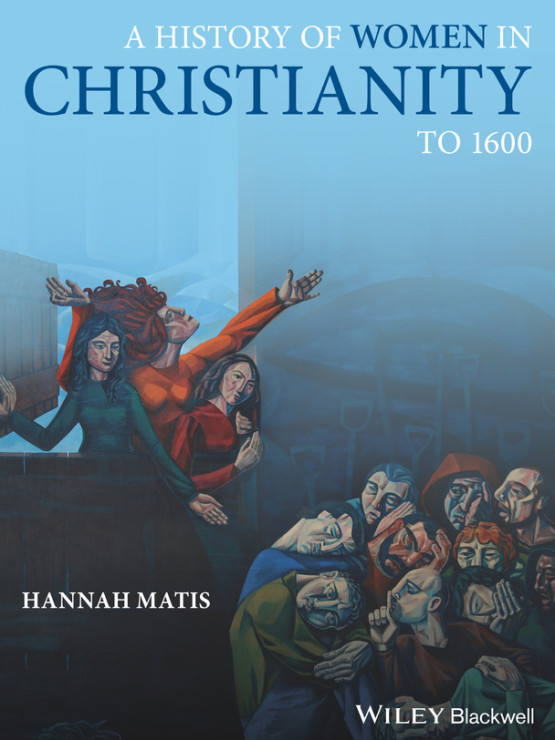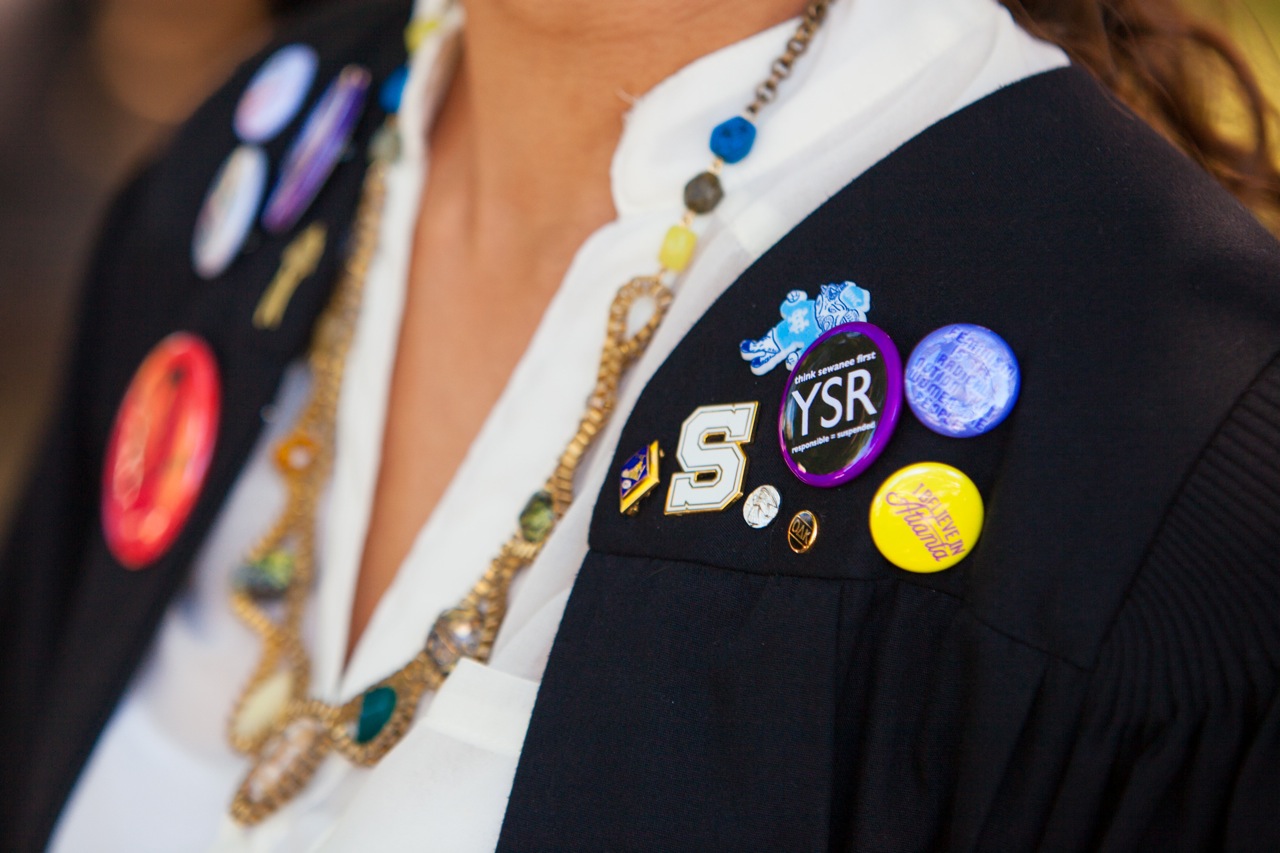Earlier this month, the School of Theology announced the appointment of Hannah Matis as the associate dean for academic affairs and associate professor of church history. She will also direct the School’s Advanced Degrees Program. Since 2014, Matis has taught a wide variety of subjects in church history at Virginia Theological Seminary. Her areas of expertise include early medieval biblical interpretation, late antique and medieval history, Reformation history, Anglican studies, and the history of spirituality. Matis will join the School at the start of the 2023-2024 academic year.
“I am thrilled that Dr. Matis will join our faculty in this leadership role,” says the Very Rev. Dr. James F. Turrell, vice provost and dean of the School of Theology. “Dr. Matis is a first-rate scholar and experienced teacher with a wealth of administrative experience who cares greatly about the formation of priests to serve God and God’s people.”
When it comes to the formation of seminarians, the study of marginalized figures in Christian history—particularly women— is central. “It really comes down to providing a more complete and accurate history of the early Church, which is the foundation of the Church we live in today,” says Matis about the importance of a more robust church history.
Her second and most recent book, The History of Women in Christianity to 1600 (Wiley-Blackwell, 2022), is based on years of teaching and was written as a resource for both laypeople and seminarians. “I hope the book puts flesh on the bones so that when the reader hears a name—and not just a famous one like Catherine of Siena—they have stories to go with her and a sense of her significance within church history,” she says.

In her work, Matis argues that women shared socio-political contexts with many of the more familiar names and movements within church history: with clergy, with religious communities where they lived, and with other notable figures within the Church, including other women. They did not live in isolation from the broader intellectual or theological movements of their times, and should not be considered as separate or cut off from them. At the same time, women had to negotiate countless hurdles if they were to be active within the religious life of the church. They were not allowed openly to teach or to preach. Many did not have access to Latin, the language of theology, or to formal theological education, and they often had to work out their own beliefs in the vernacular.
Many were married and had family commitments; many joined religious life in their later years, often as widows. Each woman navigated her own path within the Christian tradition, making their stories as unique as the patriarchal narratives that have been recited for generations. “Women weren’t ordained as we understand it in the modern world, but they have been involved in the life of the Church in various ways, except that their names are not as familiar to most people,” explains Matis. She is interested in the complex and often contradictory discourses and expectations around gender that we all have inherited in the Christian tradition. She seeks to reveal how complicated and relevant inherited gender biases are today—to individuals and to the Church.
Gender bias, misconceptions, and the general absence of knowledge about historical women figures has many causes, though religious affiliation is one culprit. “There’s a wide range of reasons why this history isn’t as well known as it should be,” says Matis. “For example, many of the figures I explore in the book lived during the thousand years that we call the European Middle Ages. There are faith traditions that value the medieval church but have little interest in underscoring the role played in it by women, while there are others, mainly Protestants, who don’t understand this history at all and who miss out on the complex legacy we in the Western church have all inherited to some degree,” she says.
There were also periods in history when roles often occupied by women were extinguished. Before the Reformation, for example, there was a rich and complicated tradition of women visionaries in the Christian tradition, from Perpetua, Hildegard of Bingen, and Joan of Arc to Julian of Norwich. Their visionary status often enabled them to act in the Church in ways that edged over into what could be considered clerical. Many reformers in the 16th century, however, were afraid of appearing to encourage social disorder, and jettisoned not only these roles, but traditional figures like the preacher Mary Magdalene.
Teaching students in an Episcopal seminary, Matis has found that many are converts from other traditions and bring a certain amount of baggage—carrying historical biases around gender, and in particular around ordination of women. Matis uses historical context to help seminarians clarify what they know and don’t know, and relates having experienced similar gender biases when speaking to lay audiences at parish forums. “It affects us all—laypeople, clergy and scholars.”
In academia, the study of women in the medieval period additionally suffers from falling between and across academic disciplines—including history, gender studies, and religion. Matis acknowledges that publishing across disciplinary lines is a risk for academics, one she took intentionally with The History of Women in Christianity to 1600.
For Matis, telling the stories of early Church women was an unavoidable imperative, simply too important not to. Raised a Biblicist in the evangelical tradition, Matis says she carries personal historical biases as well. “We are all heirs to what came before. That includes what came long before, the ancient and the medieval parts.” In order to understand the traditions we have carried into the present, one must know what the early Church truly looked like. “I am fascinated by how history lives in the present. Helping students and readers make these connections for themselves—both personally and as future church leaders— is very rewarding,” she says.
